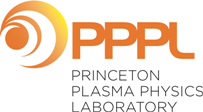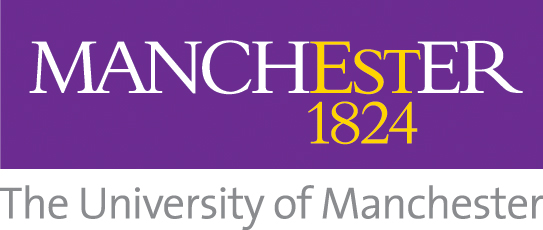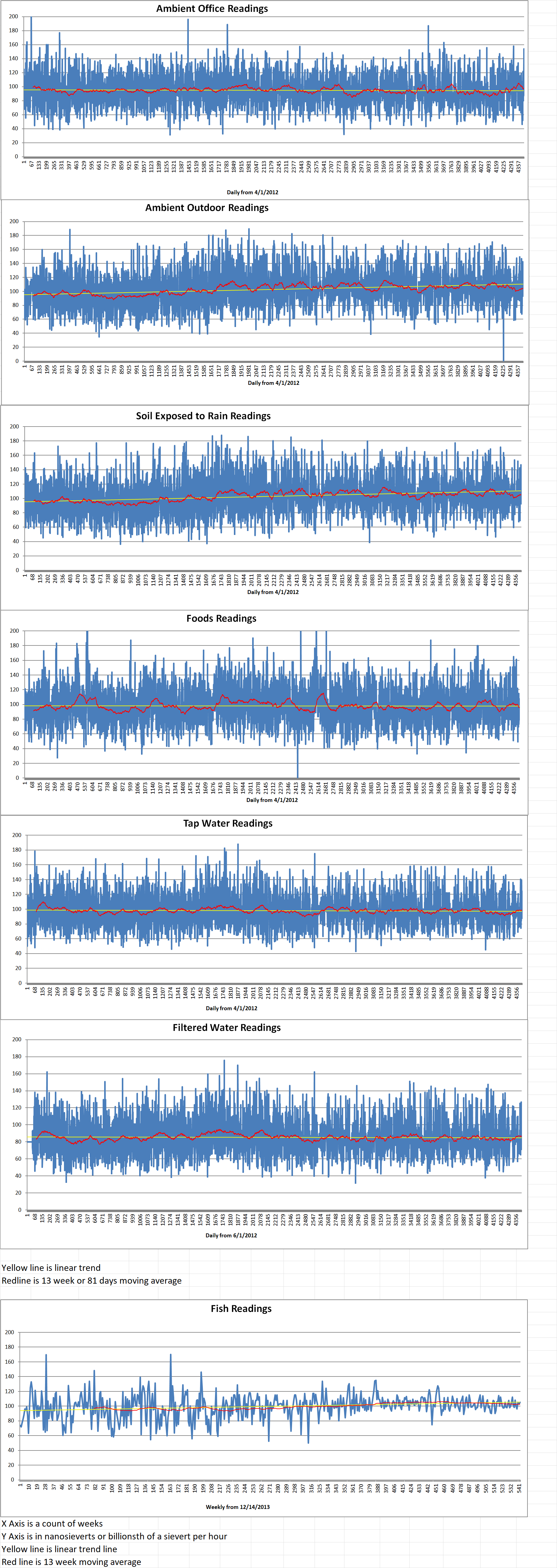The Princeton Plasma Physics Laboratory (PPPL) has just announced the completion of the complex process of building the first quadrant of the magnet at the heart of the National Spherical Torus Experiment-Upgrade (NSTX-U) nuclear fusion reactor. This is a major milestone for the PPPL’s nuclear fusion project, which comes under the U.S. Department of Energy (DOE).
PPPL said that “it is assembling two high-current magnets to create the toroidal field-ohmic heating coil (TF-OH) bundle. The magnets make up the core of the NSTX-U, similar to the core of an apple. They are designed to produce the highest magnetic field strength of any large spherical torus.”
The toroidal field (TF) coil is a nineteen-foot-tall inner magnet which resembles a telephone pole. The TF carries up to four million amps of electric current to stabilize and confine the hot plasma in fusion experiments, according to a press release by PPPL.
There will also be an outer magnet called the ohmic heating (OH) coil. It is a four-kilovolt magnet that wraps around the TF coil like thread around a bobbin.
The press release stated that “It uses up to twenty four thousand amps to induce an electric field that drives an electric current within the vessel and helps heat the plasma”.
Steve Cowley is the PPPL director. He said that “These magnets are critical to the NSTX-U experiment, and the team has been laser focused on this assembly. Constructing the first quadrant is a big achievement.”
The PPPL states that the quadrants are going through a process called vacuum pressure impregnation (VPI). In this process, pieces of the TF coil “pie” are baked together into one very tall, solid piece of pie.
The quadrant was constructed by technicians at Elytt Energy in Bilbao, Spain in July. Preliminary electrical tests conducted on the quadrant in August showed that the process was successful.
Dave Micheletti is the division director of major science and engineering projects at the PPPL. He said that the team is now looking forward to the time “when the entire magnet is complete.”
The NSXT-U recovery team has completed many critical components of the nuclear fusion device. Once the center stack magnets are installed, the team can start focusing on reassembling and testing the NSTX-U.
Engineers have designed the TF coil and OH coil so the strong magnets will be powerful enough to confine the plasma during nuclear fusion experiments, which can occur every 20 minutes while the experiment is operating.
The NSTX-U is currently the primary nuclear fusion experiment at PPPL. The spherical fusion device is shaped more like a cored apple than the doughnut-like shape of conventional tokamaks. It can produce high-pressure plasmas with relatively low and cost-effective magnetic fields.
Using both neutral beams and high-power radio waves, the NSTX-U will heat the plasma to one hundred million degrees Celsius. This is seven times hotter than the Sun.
According to the PPPL, the NSTX-U’s compact design makes it an ideal candidate to serve as the model for a nuclear fusion pilot plant followed by a commercial fusion reactor.
The NSTX-U recovery project is eighty-four percent complete, and it has seen participation from scientists around the globe.
PPPL’s end goal is to seek assistance from around the globe to help PPPL and the world figure out the best way to build commercial nuclear fusion reactors.
Author: Burt Webb
-

Nuclear Fusion 88 – The Princeton Plasma Physics Laboratory Has Completed New Magnets For It’s Prototype Nuclear Fusion Reactor
-
Nuclear News Roundup Nov 25, 2024
Orano contracted to make MOX fuel for Japanese reactors world-nuclear-news.org
Russia and China Issue Update After Nuclear Bomber Patrol Near US Allies newsweek.com
Long-term safety at Dutch plant assessed world-nuclear-news.org
Final cycle of REMIX nuclear fuel trial under way world-nuclear-news.org
-

Geiger Readings for Nov 25, 2024
Ambient office = 107 nanosieverts per hour
Ambient outside = 70 nanosieverts per hour
Soil exposed to rain water = 69 nanosieverts per hour
Beefsteak tomato from Central Market = 100 nanosieverts per hour
Tap water = 111 nanosieverts per hour
Filter water = 104 nanosieverts per hour
-
Nuclear News Roundup Nov 24, 2024
Nuclear energy debate draws stark gender split in Australia ahead of next year’s election theguardian.com
The last Ukrainian city to host nuclear weapons regrets having given them up English.elpais.com
7 ways Amazon is thinking big about nuclear energy aboutamazon.com
Tennessee Nuclear Advisory Council Encourages All-in Approach nashvillebanner.com
-

Geiger Readings for Nov 24, 2024
Ambient office = 119 nanosieverts per hour
Ambient outside = 104 nanosieverts per hour
Soil exposed to rain water = 99 nanosieverts per hour
Avocado from Central Market = 73 nanosieverts per hour
Tap water = 105 nanosieverts per hour
Filter water = 97 nanosieverts per hour
-
Nuclear News Roundup Nov 23, 2024
All In On New Nuclear Energy nashvillebanner.com
The nuclear threat: is Vladimir Putin bluffing? Theweek.com
LANL researchers complete HALEU criticality experiment world-nuclear-news.org
-

Geiger Readings for Nov 23, 2024
Ambient office = 118 nanosieverts per hour
Ambient outside = 128 nanosieverts per hour
Soil exposed to rain water = 130 nanosieverts per hour
Tomato from Central Market = 52 nanosieverts per hour
Tap water = 91 nanosieverts per hour
Filter water = 85 nanosieverts per hour
Dover Sole from Central = 95 nanosieverts per hour
-

Nuclear Reactors 1450 – The Dalton Nuclear Institute Issues A Report On the Future Of Nuclear Power In The U.S. – Part 2 of 2 Parts
Part 2 of 2 Parts (Please read Part 1 first)
The report says that “One method of improving flexibility of nuclear power is to combine it with thermal storage. The higher temperatures produced by some AMRs (advanced modular reactors) make them particularly suited to production of hydrogen and other synthetic fuels, as well as heating for a large range of industrial applications. This potential is further exploited in several AMR conceptual designs that choose to incorporate molten salt thermal storage … this arrangement of a reactor plus thermal store opens the prospect of broader commercial uptake by end users, through considerable availability of economic, flexible, useful energy output, and should be investigated.”
The report explains that the thermal storage concept follows experience with solar thermal power “where it has been proved effective and economic in countries with abundant sunshine … molten salts are used to store heat in large, insulated silos, and the molten salts are then run through steam generators or heat exchangers. The cooled molten salt is then stored in separate silos to be used in the next cycle … alternatively, the heat can be stored in large, insulated masses of cheap solid materials such as sand or gravel which are heated and depleted by molten salts, but this system has a lower thermal efficiency than the two-tank molten salt option … several AMR conceptual designs include molten salt thermal storage combined with energy conversion plants up to three times the capacity of the reactor system. At times of low electricity demand, energy is directed to the heat store; at times of high demand, this stored heat energy can be converted into electricity along with the reactor’s output. This allows continuous operation of a reactor plant while allowing unrestricted load following, including at very low levels of electricity delivery to the grid”.
The report recommends that the U.K. government should prioritize research to allow in-depth investigation of the opportunities to use reactors with thermal storage. It also recommends that government assessments of the impact of new nuclear capacity should recognize and incorporate cogeneration applications. It goes on to say that “government and industry should aim to reduce the need for curtailment of renewable electricity by using cogenerated nuclear heat to power high-temperature electrolysis hydrogen production, in addition to short-term storage”, while “planning for future nuclear deployment should envisage an integrated system where nuclear and variable renewables work in harmony through cogeneration and energy storage, while planning around energy (not just electricity) infrastructure delivery should be fully coordinated to best ensure the UK has a functional whole system”.
With respect to potential next steps, the report says that “further research and development into thermal energy storage technology is necessary, as the technology’s engineering feasibility is central to achieving the potential economic benefits of the Flexible Nuclear approach”.
Zara Hodgson adds that “Our analysis indicates future promise for a flexible, fossil fuel free energy system that integrates the synergistic advantages of renewable energy and cogenerating nuclear energy, as the technologies become deployable in the system from now to 2030, then onto 2040, and finally full implementation by 2050. Capitalizing on the flexibility of nuclear energy to contribute more than just low-carbon electricity is a key innovation opportunity for the UK and offers leadership in international net-zero initiatives and enhanced energy security.” -
Nuclear News Roundup Nov 22, 2024
Russia claims it shot down US-made ATACMS missiles and issues nuclear threat abcnews.go.com
NANO Nuclear Energy Signs MOU with Vert2Grow Energy Solutions to Bring Sustainable Energy and Food Production to Remote Communities globenewswire.com
Nuclear Science Museum offering winter break camps krge.com
Lawmakers Vote To Restart Ninh Thuan Nuclear Power Plant Projects nucnet.org
-

Geiger Readings for Nov 22, 2024
Ambient office = 154 nanosieverts per hour
Ambient outside = 96 nanosieverts per hour
Soil exposed to rain water = 102 nanosieverts per hour
Shitake mushroom from Central Market = 87 nanosieverts per hour
Tap water = 89 nanosieverts per hour
Filter water = 81 nanosieverts per hour
